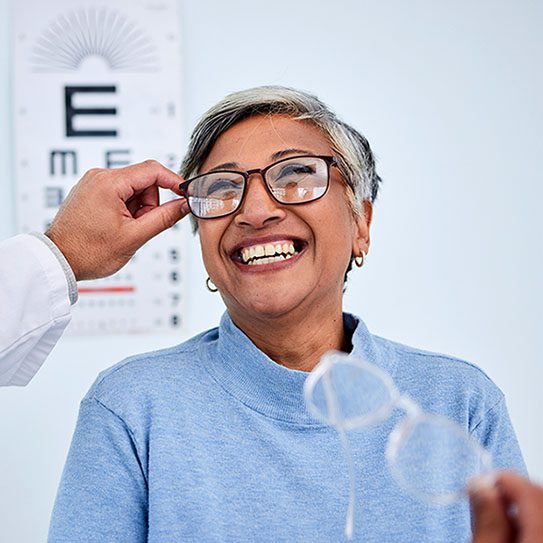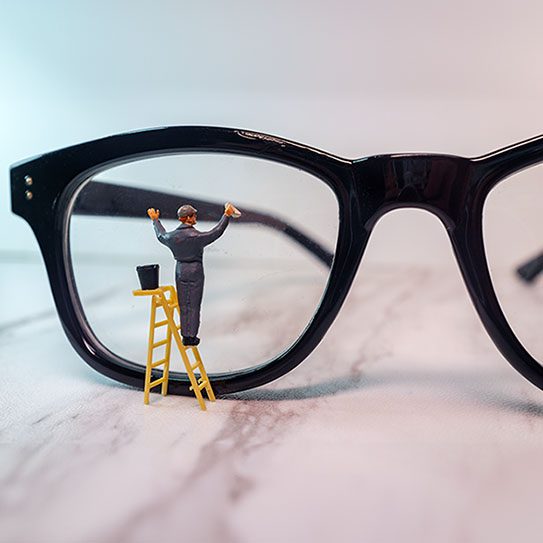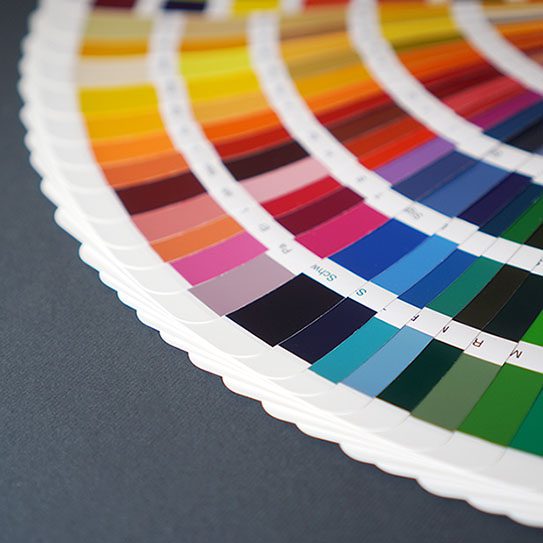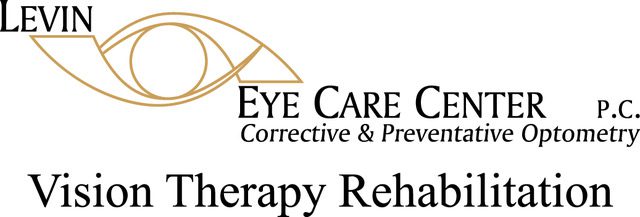
Are Your Headaches Linked to Eye Issues?
Headaches are a common ailment that most people experience at some point in their lives.
March 12, 2025
No Comments

A Preview of Your Next Eye Exam
Maintaining optimal eye health starts with regular check-ups with the optometrist.
March 5, 2025
No Comments

Are You Taking Good Care of Your Lenses?
It’s remarkable what a change a pair of thin contact lenses or pieces of glass can make.
February 27, 2025
No Comments

The Many Types of Color Blindness
“Color blindness” often conjures images of seeing the world in shades of gray.
February 20, 2025
No Comments

What Do You Know About Heterochromia?
The way someone’s eyes look can leave a big impression.
February 12, 2025
No Comments

How Does UV Light Affect Our Eyes?
We hear a lot about the harm UV rays can do to our skin, but what about our eyes?
February 5, 2025
No Comments
